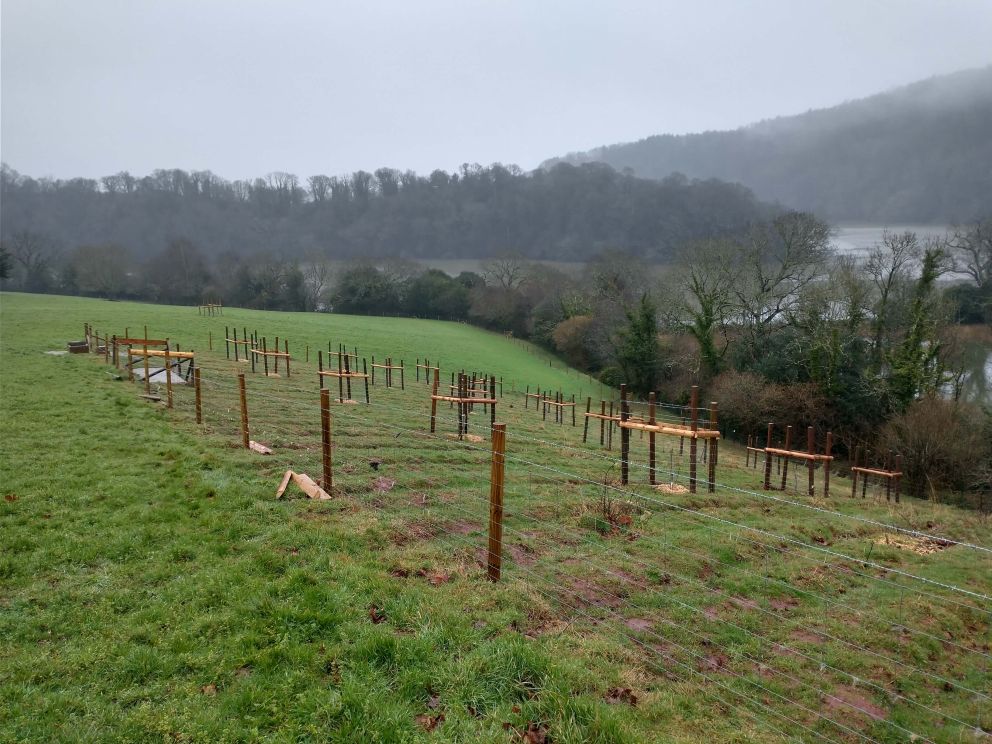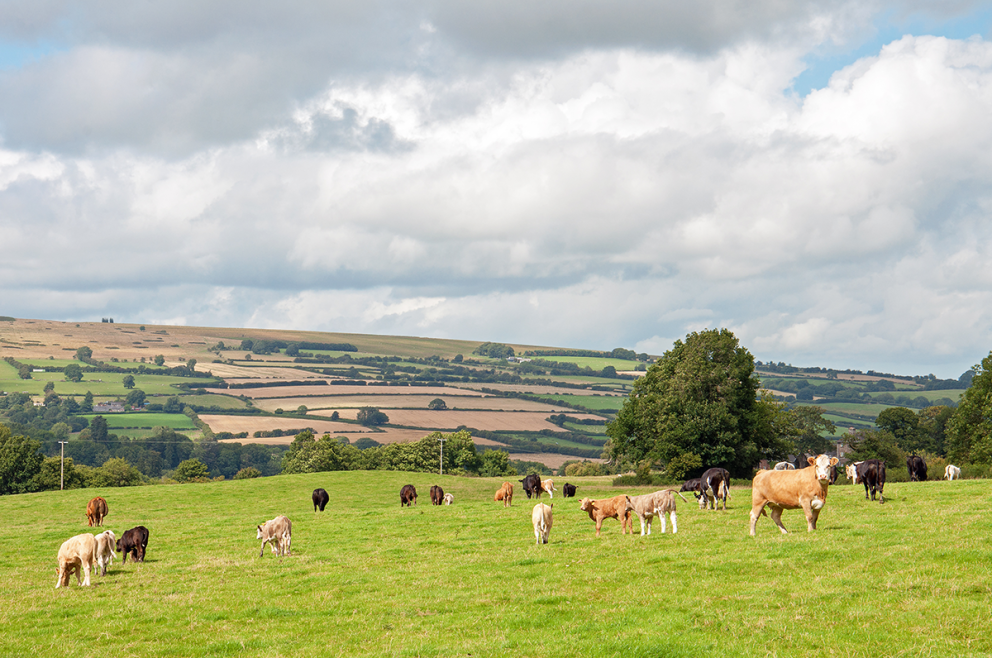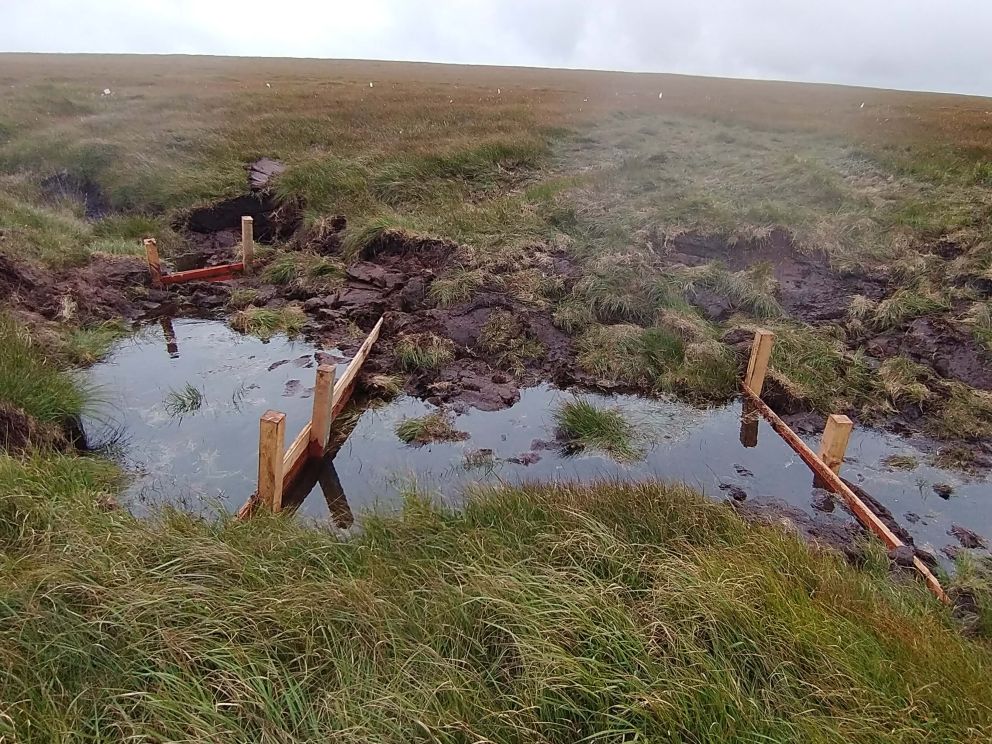| Ww |
Waste Water Management |
| Ww1 |
Upgrade sewage treatment works |
Improve water quality
Reduce phosphate levels
|
SWW has plans and funding to upgrade STWs at Widecombe, Rattery, Kilbury, Totnes and Dittisham by 2030. |
SWW |
| Ww2 |
Upgrade priority CSOs throughout |
Improve water quality
Reduce phosphate levels
|
Several high-spilling CSOs are due for upgrade by 2030 and all CSOs should be upgraded by 2035. |
SWW |
| The Bidwell Brook Partnership has identified a project to install NBS treatment in the brook’s water meadows. |
Bidwell Brook Partnership |
| Ww3 |
Promote “Love your Loo” and “Think Sink” campaigns |
Reduce pressures on public wastewater network
Improve water quality
|
SWW delivers a campaign focused on how people can reduce their impacts on the Dart and the messages of this campaign need to be communicated more widely. A campaign is needed that other organisations can adopt and support, alongside SWW or independently from it.
See also People section
|
River Dart Catchment Partnership |
| Ww4 |
Encourage better maintenance of private sewage systems |
Improve water quality
Reduce phosphate levels
|
Greater awareness is needed of the impact of private sewage systems. This should be delivered as part of the campaign focused on how people can reduce their impacts on the Dart. To include septic tank maintenance, misconnections.
See also People section
|
River Dart Catchment Partnership |
| Wr |
Water Resource Management |
| Wr1 |
Investigate impacts of abstraction and implement actions where defined. |
Sustain flows.
Support the recovery of migratory fish populations.
|
Abstraction impacts need to be reduced. A SWW investigation into Littlehempston abstraction is due 2026; the findings from this will inform actions in PR29.
SWW is also carrying out an investigation into the impacts of abstraction on the ecology of the Swincombe – to be completed by 2027; implementing findings by 2030.
|
SWW |
| Wr2 |
Review private abstractions and identify opportunities for reductions |
Sustain flows.
Support the recovery of migratory fish populations.
|
Data on private abstractions is held by the Environment Agency. There is a need to clarify the scale of the problem, identify what the potential mechanisms are to reduce this pressure, and share the results more widely. This would then inform further action, if appropriate. |
Environment Agency |
| Wr3 |
Promote campaign to reduce domestic and business water consumption |
Sustain flows.
Support the recovery of migratory fish populations.
|
Greater awareness is needed of the impact of domestic and business water consumption. This should be delivered as part of the campaign focused on how people can reduce their impacts on the Dart. Residents, tourists and local businesses to be targeted. |
River Dart Catchment Partnership |
| FL |
Flood risk management |
| FL1 |
Remove barriers to fish migration |
Improve riparian habitats.
Increase infiltration and catchment storage capacity
|
Existing NFM projects have been established in the main locations subject to flooding, where NFM can help reduce the impact.
These projects are variously funded and those requiring additional resources need to be further supported.
|
DNPA/WRT/ DCC/EA |



